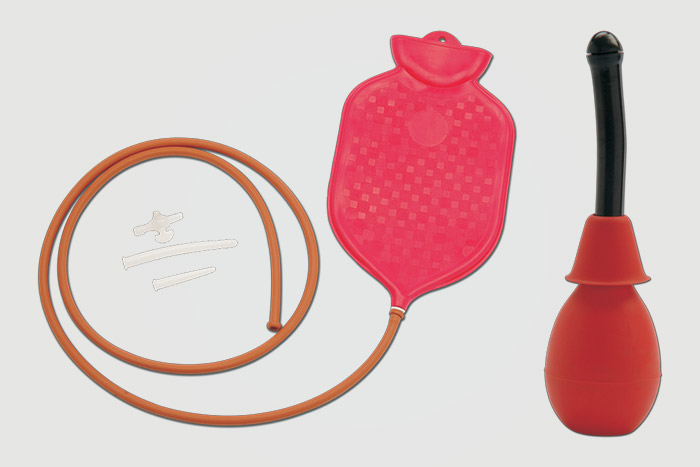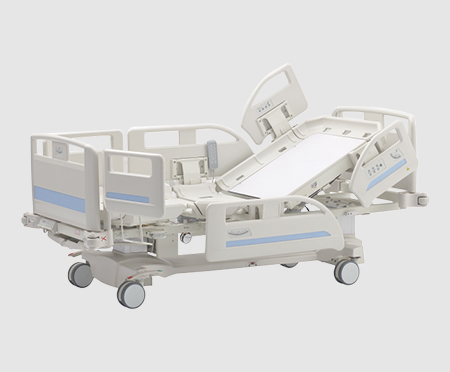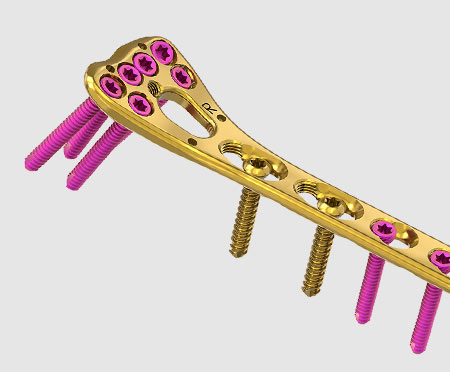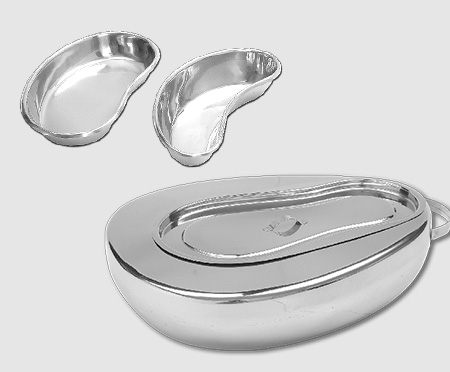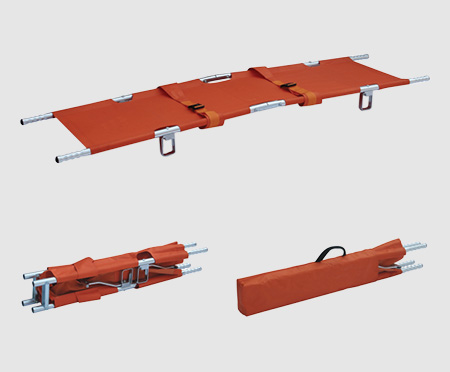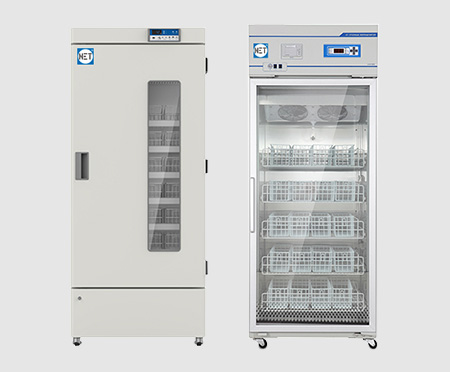OT Lights: Precise and Consistent Illumination Is Critical
OT (Operating Theater) lights, also known as examination lights or surgical lights, are specialized lighting fixtures designed for use in operating rooms and other medical environments where precise and consistent illumination is critical.

The history of OT lights can be traced back to the early 20th century, when the first electric operating room lights were developed. These early lights were relatively basic and did not provide the same level of illumination or control as modern OT lights.
Today, OT lights are an essential part of modern healthcare facilities, and have evolved significantly in terms of their features and capabilities. Some of the key features of modern OT lights include:
High intensity illumination
OT lights are designed to provide bright, consistent illumination that allows medical professionals to see clearly and perform their tasks with precision.
Adjustable brightness and color temperature
Many modern OT lights have adjustable brightness and color temperature settings, which allow users to customize the lighting to suit the needs of the procedure or task at hand.
Sterilization
OT lights are typically made from materials that are easy to sterilize, and many models are equipped with features like autoclavable handles or UV-C lamps to help ensure a sterile environment.
Flexibility
Many OT lights are mounted on flexible arms or poles, which allow them to be easily moved and positioned to provide the best possible illumination for the task at hand.
Energy efficiency
Modern OT lights are often designed with energy efficiency in mind, using LED technology or other energy-saving features to reduce their power consumption.
NET Brand OT lights are specialized lighting fixtures designed for use in medical environments where precise and consistent illumination is critical. They have a long history and have evolved significantly in terms of their features and capabilities, including high intensity illumination, adjustable brightness and color temperature, sterilization, flexibility, and energy efficiency.




